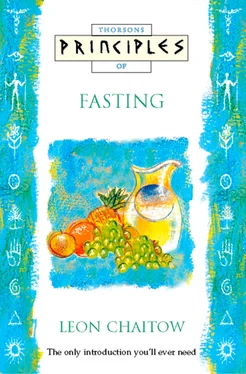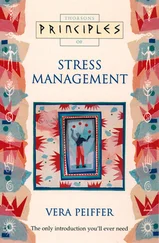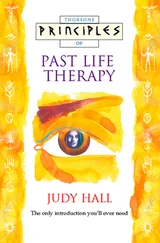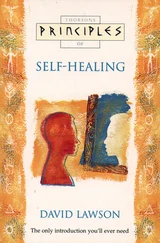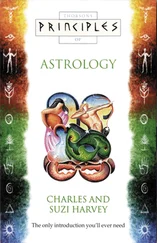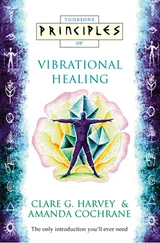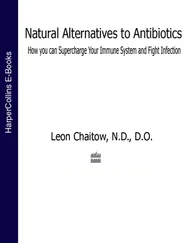Dr John Kellogg (of corn-flake fame), with his vast Battle Creek Sanatorium (where there were over a thousand patients resident at any one time – most of them fasting), and John Tilden MD were two of the leading American doctors to promote fasting during the first half of this century in the USA.
Tilden’s philosophy was summarized in his book Toxaemia – the basic cause of disease , in which he wrote:
Every disease is built within the mind and body by enervating habits. A fast, rest in bed and giving up the enervating habits, mental and physical, will allow nature to eliminate the accumulated toxins, then, if enervating habits are given up, and rational living habits adopted, health will come to stay.
Tilden was emphasizing the main philosophical core of natural healing, that the body is self-healing if it is given the chance, and that the chance comes most effectively when the causes of the illness are removed (‘giving up enervating habits’) and the body is given the chance to recover (‘fast and rest’).
The naturopathic tradition in the USA is now well established, with three seats of higher education issuing doctorates in the subject (Naturopathic schools in Portland, Oregon; Seattle, Washington; and Scottsdale, Arizona). Graduates of these are recognized in approximately a quarter of the states of the USA as primary care physicians. The Bastyr College in Seattle, which became Bastyr University in 1994, is arguably the most dynamic of these training establishments, and is named after the last of the great American pioneers of naturopathy, John Bastyr, who died in 1995 at the age of 83. 4
It was Stanley Lief, ND, DC, who brought naturopathic concepts and methods to the UK just before the First World War. His enthusiastic, widespread and highly successful application of ‘the fasting cure’ at Champneys Health Resort between 1925 and the late 1950s, helped to promote natural healing in Britain. Lief and his cousin Boris Chaitow, ND, DC, and subsequently Lief’s son Peter, established modern naturopathic awareness in Britain. The long-term professional training of naturopaths in Britain was guaranteed thanks to Lief’s founding of the British College of Naturopathy and Osteopathy in London, where a full-time four-year degree course in osteopathy (validated by the University of Westminster) also contains a sound naturopathic education which incorporates training in the use of therapeutic fasting.
Fasting research was first begun in the late nineteenth century, with 40-day fasts being closely monitored and the physiological and metabolic effects which took place being carefully recorded. For example, a report in the British Medical Journal in 1880 5 outlines the effects of a 40-day water fast on a Dr Tanner.
In the early twentieth century, therapeutic fasting – where patients were treated using the method – began to be reported in medical journals and in 1910 a report by Dr Guelpa appeared in the British Medical Journal6 on the benefits of fasting in diabetes (see below).
WHEN DOES FASTING STOP AND STARVATION START?
The difference between fasting and starvation was the subject of much early research, and it has continued to exercise minds in subsequent concerted and lengthy studies. The conclusions drawn are that, in instances of food deprivation, starvation cannot be said to begin until all the body’s fat stores have been used up, and significant protein breakdown has occurred.
Research shows that an average individual weighing 154 lb (11 stone/70 kg) has fat stores adequate for maintaining calorie requirements for between two and three months (calorie usage will vary with the basic metabolic rate of the individual and the amount of activity undertaken during a fast). When fat stores are used up there remains a store of protein which, as a rule, can maintain calorie levels for a few weeks longer before essential proteins from the vital organs start to be used. There are many signs which indicate when this threshold has been passed, when fasting which is beneficial has ended and when starvation which can kill has started. 7, 8
WHAT DISEASES ARE HELPED BY FASTING?
The benefits of fasting in the treatment of diabeteswere first revealed in research conducted by Dr G. Guelpa in 1910 6 , and in 1915 Dr F. Allen showed that fasting could normalize the blood sugar levels of a diabetic, as well as improve associated gangrene. 9 Since then studies into this particular therapeutic potential of fasting have continued. 10
Various medical papers have been published describing clinical trials showing how patients with epilepsycan be helped by fasting. Controlled fasting was found to reduce the length, severity and number of seizures. 11
The use of fasting in obesityhas not unnaturally received a great deal of attention. In one famous case, reported in 1973 12 , a man fasted for over a year and lost 276 lb (19.7 stone/125 kg). Despite the success of this particular case, and while there is always an obvious and sometimes dramatic weight loss in response to fasting – research shows that for every pound lost more than half is fat, just over a quarter is protein and the rest water and salt – this method alone is not recommended. There is general agreement that a fasting weight loss programme should include counselling and lifestyle modification if weight loss is to be maintained.
In one stringent study which lasted over seven years, involving over 120 obese patients who fasted for an average of two months, it was shown that after between two and three years half the patients had reverted to their previous weight, and after seven years and three months 90 per cent of the patients weighed what they did before the fast. 13
A great deal of research has verified the value of fasting in the treatment of heart diseaseand high blood pressure.In the 1960s and 1970s a host of reports appeared in the medical press on how fasting had been shown to reduce the levels of undesirable fats in the bloodstream, to lower high blood pressure, to reduce cholesterol levels, to bring about improvements in cases of atheroma and to alleviate congestive heart failure. 14, 15
The use of fasting as a treatment for acute pancreatitiswas compared with the standard medical treatment for this condition (nasogastric suction and cimetidine) in a clinical study conducted in 1984 involving 88 patients. Results concluded that:
Fasting alone should be used initially as the simpler and more economical therapy. Neither nasogastric suction nor cimetidine offer any advantage over fasting alone in the treatment of mild to moderate acute pancreatitis, of whatever cause. 16
Chemical toxicityhas been successfully treated using fasting – for example, when toxic cooking oil containing the rice oil contaminant PCB was consumed, patients were reported to have relief from their symptoms, sometimes dramatically so, after between seven and 10 days of fasting. 17
A most important caution relevant to the above case needs to be reiterated here, since it is pointed out that when fat is mobilized during a fast, fat soluble toxins (such as DDT) can reach very high, and potentially lethal, levels in the bloodstream. This highlights the advice given in the first chapter of this book, which is that in today’s world, and especially if toxic levels are high (previous exposure to chemicals, medical and other drugs, for example), repetitive short fasts are a safer way forward than lengthy fasts. If long fasts (anything over four days) are chosen then these must always be under clinical supervision, including monitoring for blood toxaemia.
Читать дальше
